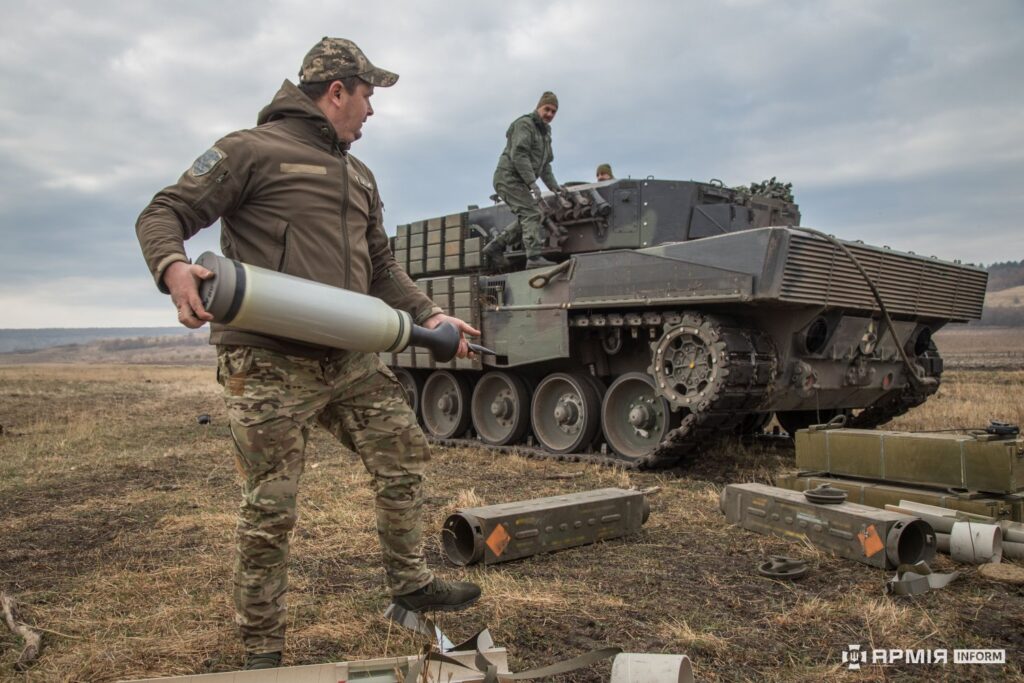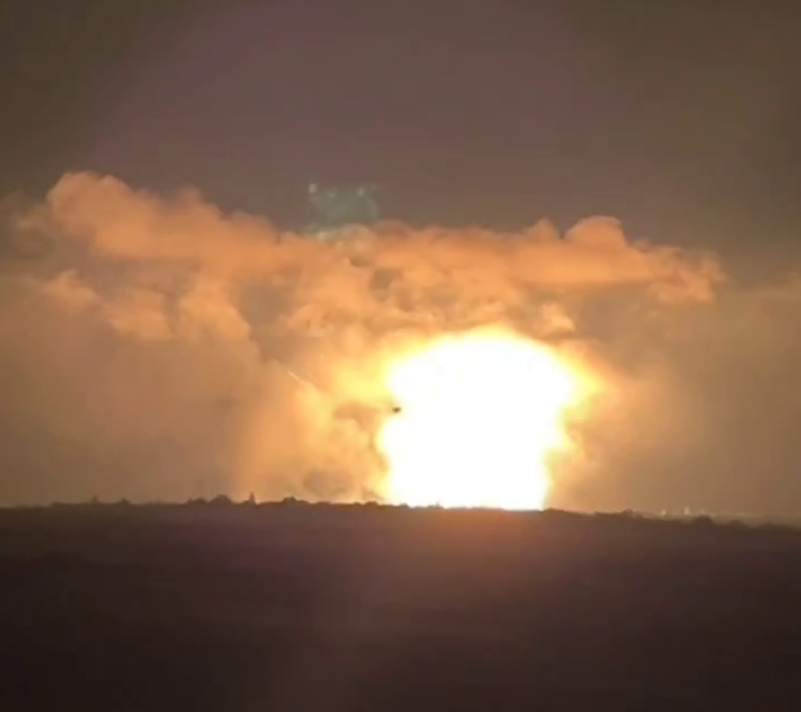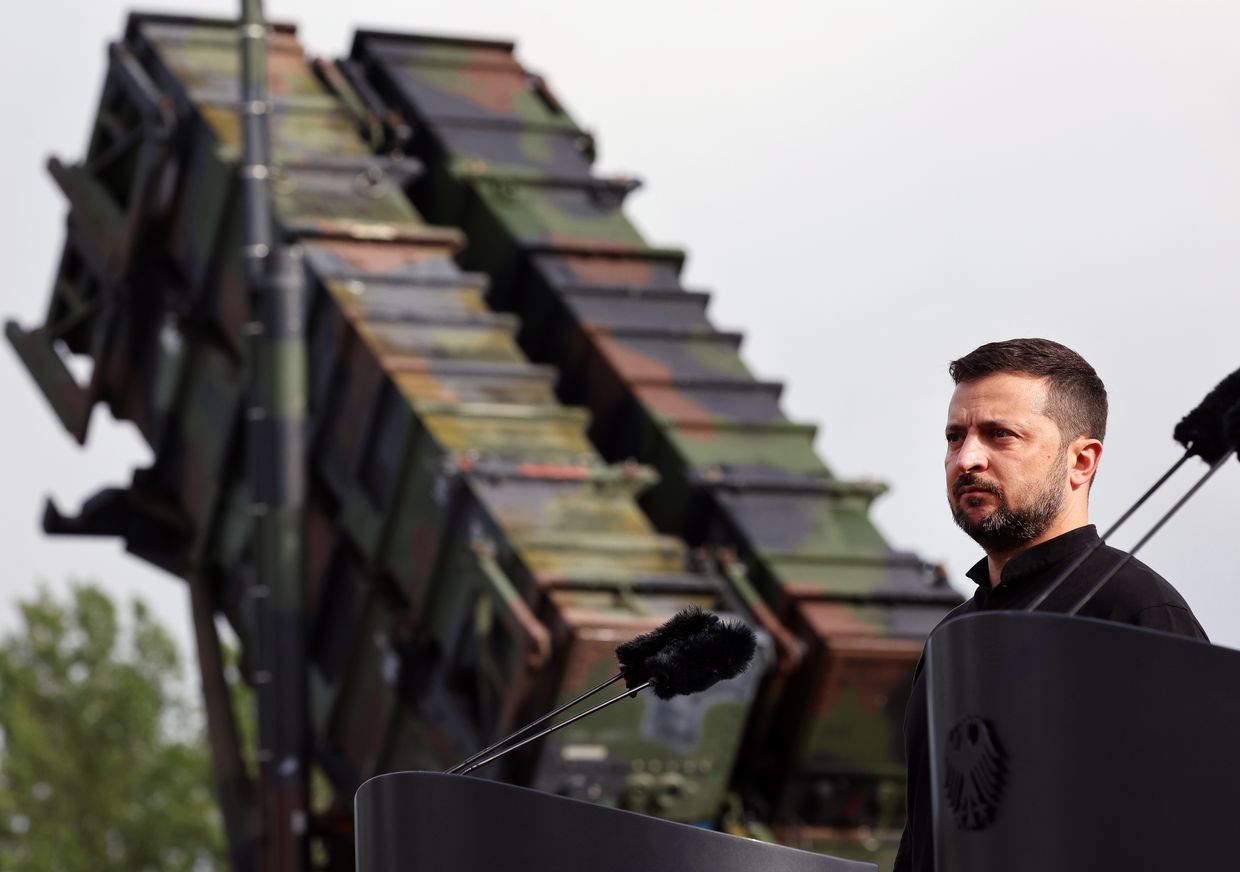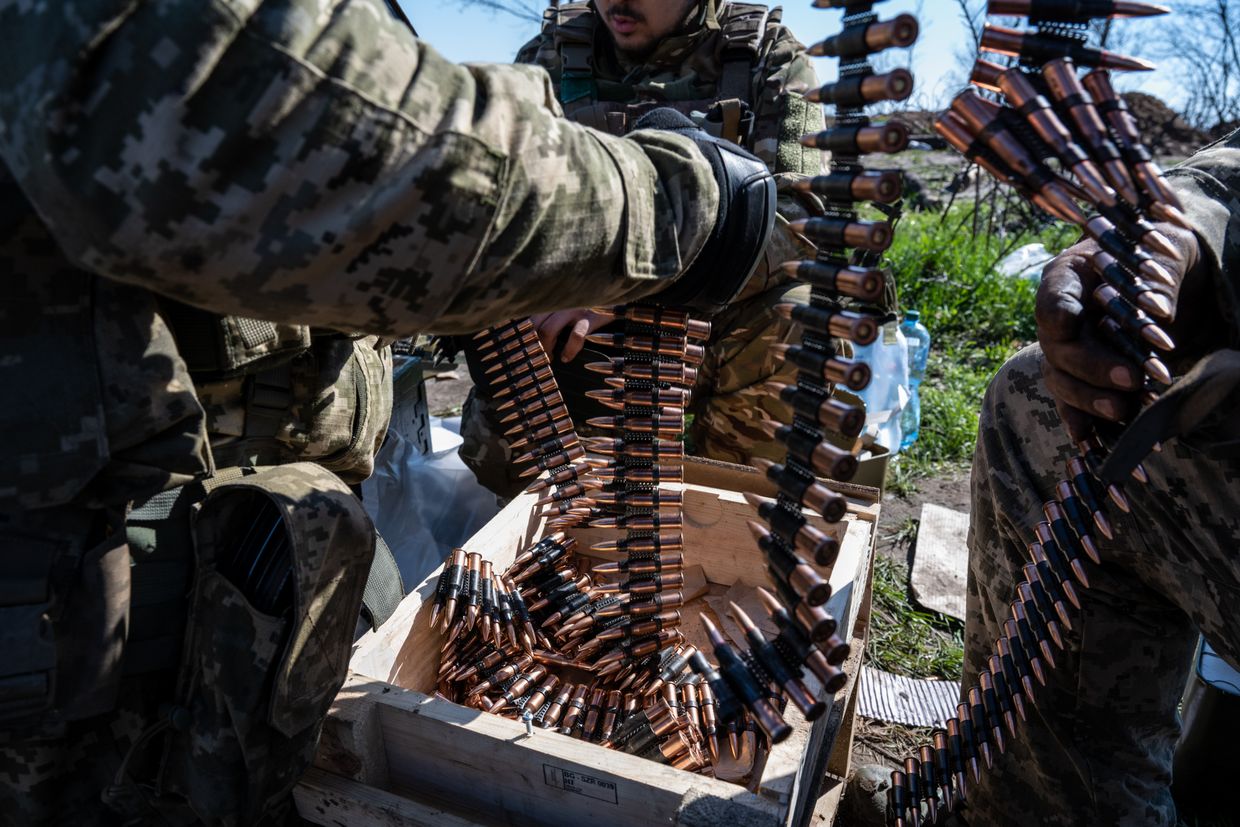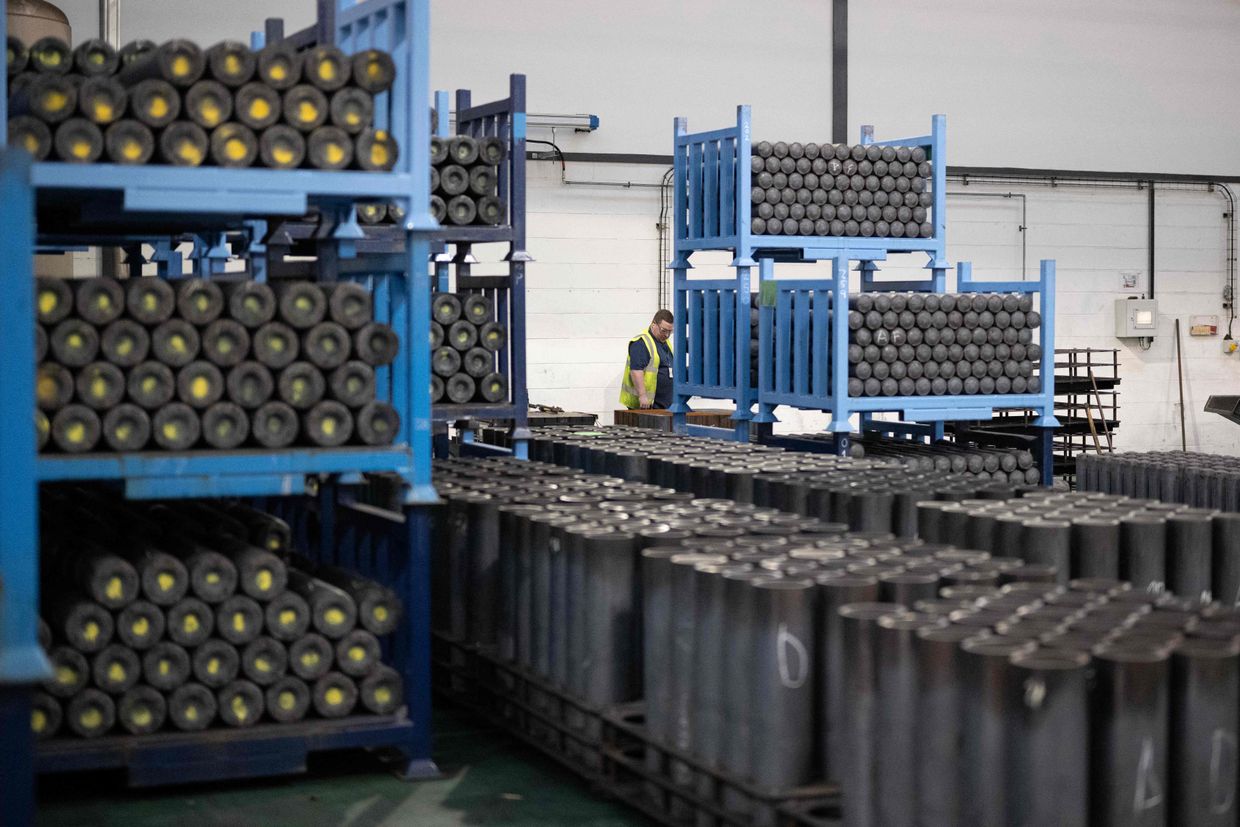Russia’s petrochemical plant, producing military polymers engulfed in flames after Ukrainian strike 300 km away from border

Kyiv strikes Russia’s military economy. On 12 November, Ukraine's General Staff reported that Kyiv troops targeted the infrastructure of Stavrolen LLC, a petrochemical enterprise, in Stavropol Krai, nearly 300 kilometers away from its border. The strike diminishes Russia’s ability to produce weapons used to kill Ukrainian civilians.
Reducing the capacity of products for the needs of Russia's military-industrial complex
“The plant has a full cycle of hydrocarbon processing and produces polymers for manufacturing composite materials, body parts, seals, and insulation for various types of Russian military equipment. Among other things, it also produces components for UAVs,” the statement reads.
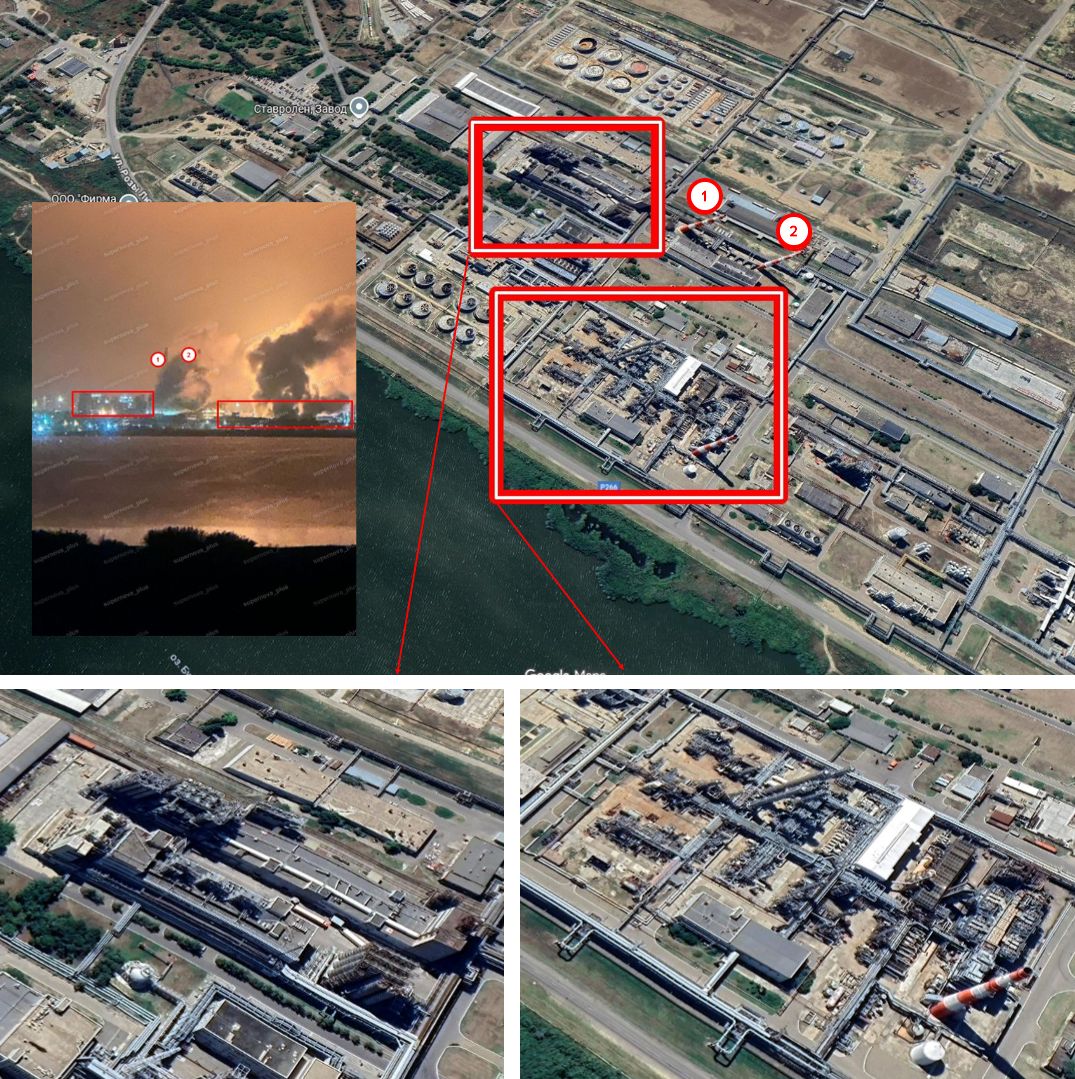
Multiple explosions and a large fire were recorded in the target area. The results of the strike are being clarified.
Ukraine neutralizes threats in Russian depots
Additionally, to reduce the Russian offensive potential, an ammunition depot was struck in the temporarily occupied settlement of Novyi Svit, Donetsk Oblast.
“A direct hit and explosions were recorded. The extent of the damage is being clarified,” the General Staff said.
Special Operations Forces drones hit the target
Ukraine's Special Operations Forces have also confirmed the strike.
“On the night of 12 November, Deep Strike units of the Special Operations Forces carried out a successful fire strike on the Stavrolen petrochemical plant in Budyonnovsk, Stavropol Krai, Russia," it reveals.
Several Ukrainian deep-strike drones reached their targets. Local residents confirmed the explosions on social media, while local authorities claimed the fire was caused by falling debris.


